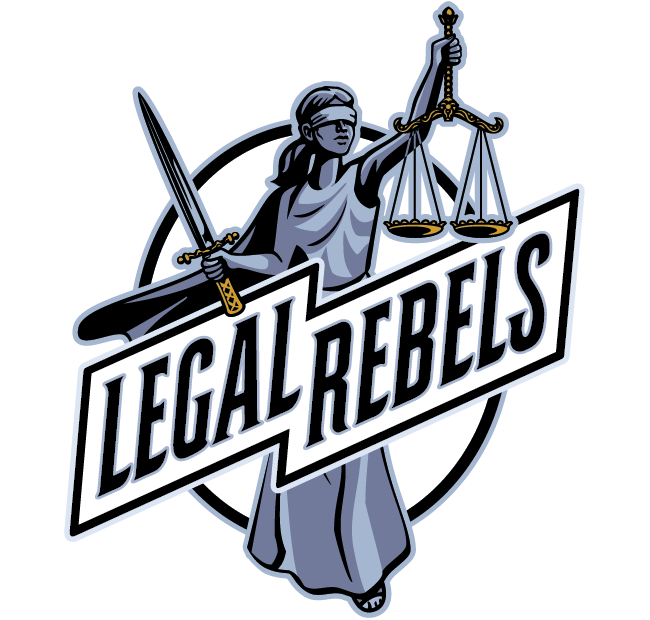Lawyers who expect generative artificial intelligence to have a significant impact on the practice of law see some of the biggest opportunities in legal research and legal writing.
In August, a LexisNexis Legal & Professional survey of nearly 8,000 attorneys, law students and consumers in the United States and three other countries found that 65% of these professionals believe generative AI tools can help them investigate cases. Meanwhile, 56% believe the tools can help them draft documents.
Ed Walters, CEO and co-founder of Fastcase, an online legal research software company, is excited about the prospect of making legal research more efficient. Traditionally, researchers would have to come up with keywords and add them to mathematical strings of language that they plug into a search engine. They would be given a long list of documents and often spend hours reviewing each result to see if it provided their answer.
“This method of conducting research is clumsy and slow and often leads to wrong answers,” said Walters, who also became vLex’s chief strategy officer after the legal technology company merged with Fastcase in April.
But now Walters says lawyers can ask AI tools to bring together relevant documents, read them and immediately synthesize results. In October, his company released a new version of Vincent AI, a legal research assistant that, among other things, allows lawyers to get answers to legal questions with quotes and links from verified sources.
He expects that with the advent of GPT-4 and other major language models that communicate with large amounts of text, more of these tools with similar and even expanded capabilities are on the horizon.
“This generation of tools doesn’t really solve research tasks, but I think right after that they point to a new generation of tools that, instead of creating statistically likely answers, understand that a question is being asked and synthesize text to answer the question. ,” says Walters.
June Hsiao Liebert, president of the American Association of Law Libraries, agrees that large language models hold great promise for improving legal research and legal writing. She says they are already useful for some of the steps involved in these tasks, including drafting and editing documents.
“Given the way they work, the tools are used [large language models] can be useful in modeling what the ‘average’ or ‘typical’ solution or document might look like for a given query because it essentially predicts words based on what it has been trained on,” said Liebert, director of information services at the law firm O’Melveny & Myers. “It can also give users different answers depending on the point of view, set of facts or purpose. This ability to model different options can be extremely useful and time-saving.”
Liebert encourages lawyers using generative AI to audit their work, but says legal tech companies are making progress in accurately addressing issues with the tools available.
She expects they will continue to research and come up with solutions to other problems, including authenticity and bias.
“As these tools improve and we get better at using them, [large language models] and other AIs of the future will simply become a tool available to everyone in the legal industry, similar to the spell check tool or even calculators,” says Liebert.
Legal Rebel Class of 2024
Locked up: Criminal justice startups are capitalizing on the early promise of generative AI
Bridging the gap: Lawyers trying to expand access to justice see promise in generative AI
Helping hand: Generative AI is already impacting legal research and legal writing
Always On: Will Generative AI Alleviate Burnout or Make Lawyers Unhappier?
Head of the Class: Law Schools Consider Post-ChatGPT Courses
e-Sign on the dotted line: When it comes to using generative AI and contracts, the devil is in the details
Era of e-Discovery: Generative AI could revolutionize e-discovery, but beware!
Rewiring Entry: How AI Can Blur the Boundaries of Immigration Law
This story was originally published in the February-March 2024 issue of the ABA Magazine.
